The East Sea is currently one of the security hotspots in the world related to the issue of territorial sovereignty disputes, regional security (security, maritime safety, aviation, resource exploitation, energy security, reserve security, etc.), competition for influence between major countries, especially the US-China relationship. The East Sea issue is also one of the important contents in the ASEAN agenda, because this is not only an issue of some countries with sovereignty claims in the East Sea but also affects ASEAN's foreign relations, especially in relations with major countries. Currently, the increase in tension in the East Sea not only threatens regional security, but also threatens global security issues due to the extremely important geo-strategic position of this region on the international chessboard. ASEAN, as a regional organization, plays an important role in preventing the possibility of conflict and promoting the process of resolving maritime and island disputes by peaceful means and on the basis of international law.
ASEAN's Interests in Resolving Disputes in the East Sea
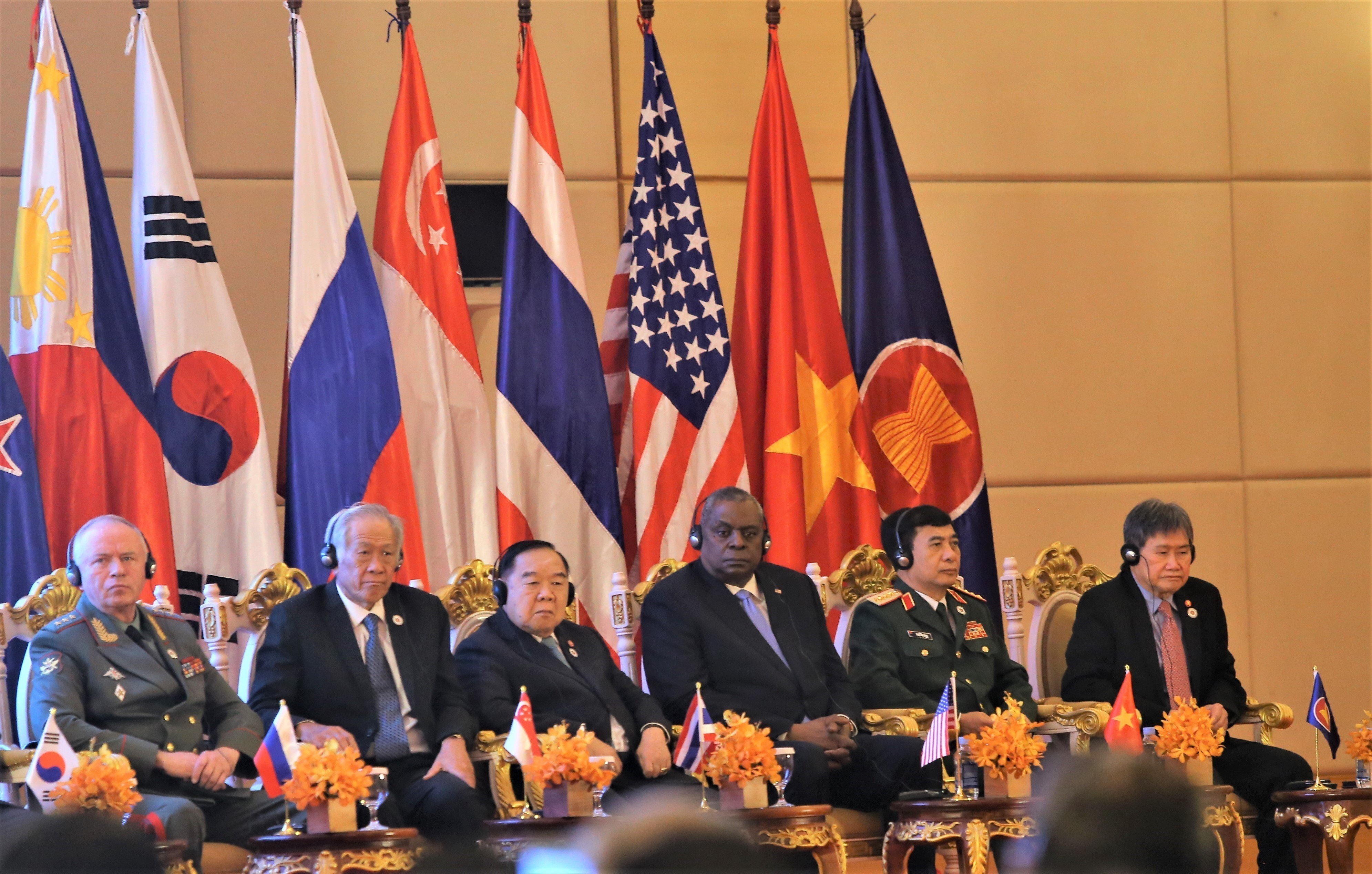
The first , Resolving the East Sea issue has increased the position and prestige of ASEAN, especially when the Association became the ASEAN Community since 2015. In the context of complex changes in the world, ASEAN has affirmed that it has not only become an important political and economic entity in Southeast Asia, but is also expanding and promoting its role in the Asia- Pacific region, with prestige and influence globally. ASEAN has become the nucleus attracting and connecting the participation of nearly 20 partners, including major powers and centers in the world, in dialogue and cooperation processes in the region initiated by ASEAN itself and playing a leading role. Through these relationships, ASEAN has gained significant support and assistance from partners in its efforts to promote cooperation and strengthen regional connectivity of the Association, as well as join hands to solve common issues affecting the region, including the East Sea issue.
In its relations with external partners, ASEAN has always demonstrated itself as an entity with a common voice; at the same time, it plays a role in guiding and leading discussion contents and cooperation priorities at regional forums initiated by ASEAN. ASEAN's central role has always been respected and highly appreciated by its partners, because ASEAN has actively promoted the image of an " honest broker ", making efforts to harmonize, connect and balance intertwined interests in the region (1) .
Monday , ASEAN's participation in resolving the East Sea issue has made an important contribution to ensure the common interests of the Association as well as most of its member countries. Among the ASEAN member countries with disputes over sovereignty over the sea and islands in the East Sea, there are four countries with direct disputes in this sea area, but the remaining countries are also countries located on the East Sea coast, all sharing great economic and strategic interests, especially free trade, security and defense. Therefore, disputes over sovereignty over the sea and islands in the East Sea not only threaten the national interests of ASEAN member countries with sovereignty over this sea area, but also damage the environment for cooperation and development of ASEAN. In addition, concerns in the East Sea issue lead to countries having to increase defense spending, which not only affects investment and economic development, but also increases suspicion and concerns about security due to the trend of arms race.
Tuesday , When the East Sea issue becomes an ASEAN issue, it will contribute to strengthening ASEAN's internal cohesion and solidarity, and enhancing the Association's central role in international and regional cooperation. Obviously, participating in preventing conflicts in the East Sea also helps ASEAN maintain and strengthen its central role, driving force, connecting, and creating multilateral cooperation mechanisms of the Association in the region, especially ASEAN's role in the ASEAN Regional Forum (ARF), the East Asia Summit (EAS) and the ASEAN Defense Ministers' Meeting Plus (ADMM+). This creates resistance for ASEAN and its member states against geopolitical pressure due to strategic competition between major powers, especially the US-China relationship axis. In addition, participation in resolving the East Sea issue also helps increase the attractiveness and effectiveness of ASEAN and its member countries in expanding cooperation with external partners, bringing ASEAN's position to a new height, an indispensable factor in creating a peaceful environment and multilateral cooperation mechanism in the Asia-Pacific region.
ASEAN's participation also contributes to balancing the strategic competition between major countries, especially China and the United States, in the region, promoting cooperation and sharing of benefits among these countries. This contributes to strengthening the environment of cooperation and regional security, in which the national sovereignty of ASEAN member countries will be respected, and will not be drawn into the vortex of power competition among major countries.
The increasingly close solidarity and cohesion among ASEAN member countries will create common collective standards and values, with security-ensuring institutions, in which a new regional security structure with ASEAN as the center will be formed; in which the role of this organization in regional security issues will increase. And thus, the legitimate interests of ASEAN and its member countries will not be overlooked by major powers.
Wednesday , Participating in resolving the East Sea issue helps ASEAN ensure peace and stability in accordance with the principles and goals of the Association's establishment and development. The ambition and goal of ASEAN since its establishment is to create a peaceful and stable environment in Southeast Asia, to help member countries maintain their independence, sovereignty and sustainable development. This is clearly shown in most ASEAN documents, especially in the Bangkok Declaration adopted on August 8, 1967.
In addition, the ASEAN Charter also reflects the basic principles in resolving conflicts, including the East Sea issue. Right from the beginning, the Charter emphasizes the principles of sovereignty, equality, territorial integrity, non-interference, consensus and unity in diversity. The Charter includes Chapter 8 on “ Dispute Resolution ” with 7 provisions (from Article 22 to Article 28). Article 22 emphasizes that ASEAN member countries “shall endeavor to resolve all disputes consistently in a timely manner through dialogue, consultation and negotiation” (2) . Article 24 explains that if a dispute is not resolved after applying the previous provisions of the Charter, the case will be referred to the ASEAN Summit for resolution (3) .
Furthermore, conflict prevention, reconciliation and management are among the main contents and elements constituting the ASEAN Political-Security Community (APSC). In the APSC Blueprint adopted at the 14th ASEAN Summit (March 2009) in Cha-am (Thailand), emphasizing the need to ensure full implementation of the Declaration on the Conduct of Parties in the East Sea. (DOC), and affirmed that ASEAN will work towards the adoption of a Code of Conduct in the South China Sea (COC). In section B.2.1, which addresses the issue of building on existing peaceful conflict resolution methods and the possibility of building additional mechanisms if necessary, the measures proposed are: 1- Study and analyze existing conflict resolution methods and/or additional mechanisms with a view to strengthen regional mechanisms for peaceful conflict resolution; 2- Strengthen regional mechanisms for peaceful resolution of disputes; 3- Develop ASEAN methods for good mediation, conciliation, and build appropriate conflict resolution mechanisms, including arbitration as provided for in the ASEAN Charter (4) .
Actively participate in solving the East Sea problem
ASEAN actively and increasingly played an important role in resolving the East Sea issue. The sovereignty dispute in the East Sea occurred before ASEAN was established in 1967, and escalated quite strongly during the Cold War. However, ASEAN's participation in the East Sea issue at that time was considered insignificant. ASEAN with its five original member countries, the Philippines, Malaysia, Indonesia and Thailand, had almost no reaction to the disputes in the East Sea area. In 1992, ASEAN adopted the ASEAN Declaration on the East Sea (Manila Declaration) due to concerns about the increasing intervention of major countries in this area. This was the first time ASEAN issued an official document on the East Sea, stating: “Any adverse developments in the East Sea directly affect peace and stability in the region” and emphasizing the principle: “It is necessary to resolve all sovereignty and jurisdiction issues in the East Sea by peaceful means and without the use of force... The statement recommends that the parties concerned apply the principles in the Treaty of Amity and Cooperation in Southeast Asia (TAC) as the basis for establishing a COC” (5) . By 1994, ASEAN's foreign policy on the East Sea issue became clearer, and the Association continuously issued statements or joint communiques on this issue. At the first meeting between senior officials of ASEAN and the Chinese Foreign Ministry in April 1995, ASEAN delegations pressed China on the East Sea issues (6) . At the same time, at the 1995 ARF, ASEAN leaders included the content on the South China Sea issue in the Chairman's Statement. ASEAN Foreign Ministers "expressed concern over the overlapping claims in the area...; encouraged all parties to the dispute to reaffirm their commitment to the principles embodied in relevant international law and conventions, as well as the 1992 ASEAN Declaration on the South China Sea" (7) .
ASEAN's solidarity and collective efforts have yielded encouraging results. The 29th ASEAN Foreign Ministers' Meeting (AMM 29) held in Jakarta (Indonesia, July 1996) endorsed the idea of drafting and adopting a COC. This initiative was mentioned many times in the Hanoi Plan of Action in 1998. However, the drafting of the document only began in 1999 when China agreed to participate in the process with its own draft. After nearly 4 years of negotiations between ASEAN and China, ASEAN did not achieve the Association's initial goal of a COC, but instead the DOC was adopted in November 2002 in Phnom Penh (Cambodia). Although the DOC's political commitments are considered quite general and lack implementation guidelines, the DOC has affirmed the commitment of the parties concerned to resolve disputes by peaceful means, and has put forward confidence-building measures and other cooperative activities.
In fact, the political commitments and the lack of legal binding of the DOC have not been effective in preventing the escalation of conflicts in the East Sea. Therefore, in the face of the heated situation in this sea area, the 41st AMM Conference held in Singapore in July 2008 issued a Joint Communiqué, which “emphasized the need to strengthen efforts to promote the implementation of the 2002 DOC as a document marking an important historical milestone between ASEAN and China, demonstrating ASEAN's collective commitment to ensure the peaceful resolution of disputes in the region. ASEAN emphasizes the need to make efforts to promote the implementation of the Declaration, including the early completion of the Guidelines for the Guidelines implementation of the DOC. And the ultimate desire to achieve a COC in the region” (8) . This content was also emphasized in the 43rd AMM Conference in Hanoi (2010). In 2011, when the situation in the East Sea became tense, ASEAN countries made efforts with China to adopt the Guidelines for the Implementation of the DOC (hereinafter referred to as the DOC Guidelines). Although the eight points of this guideline were still very general, they contributed to temporarily “cooling down” the escalating tension in the East Sea, maintaining the internal solidarity of ASEAN which was being challenged.
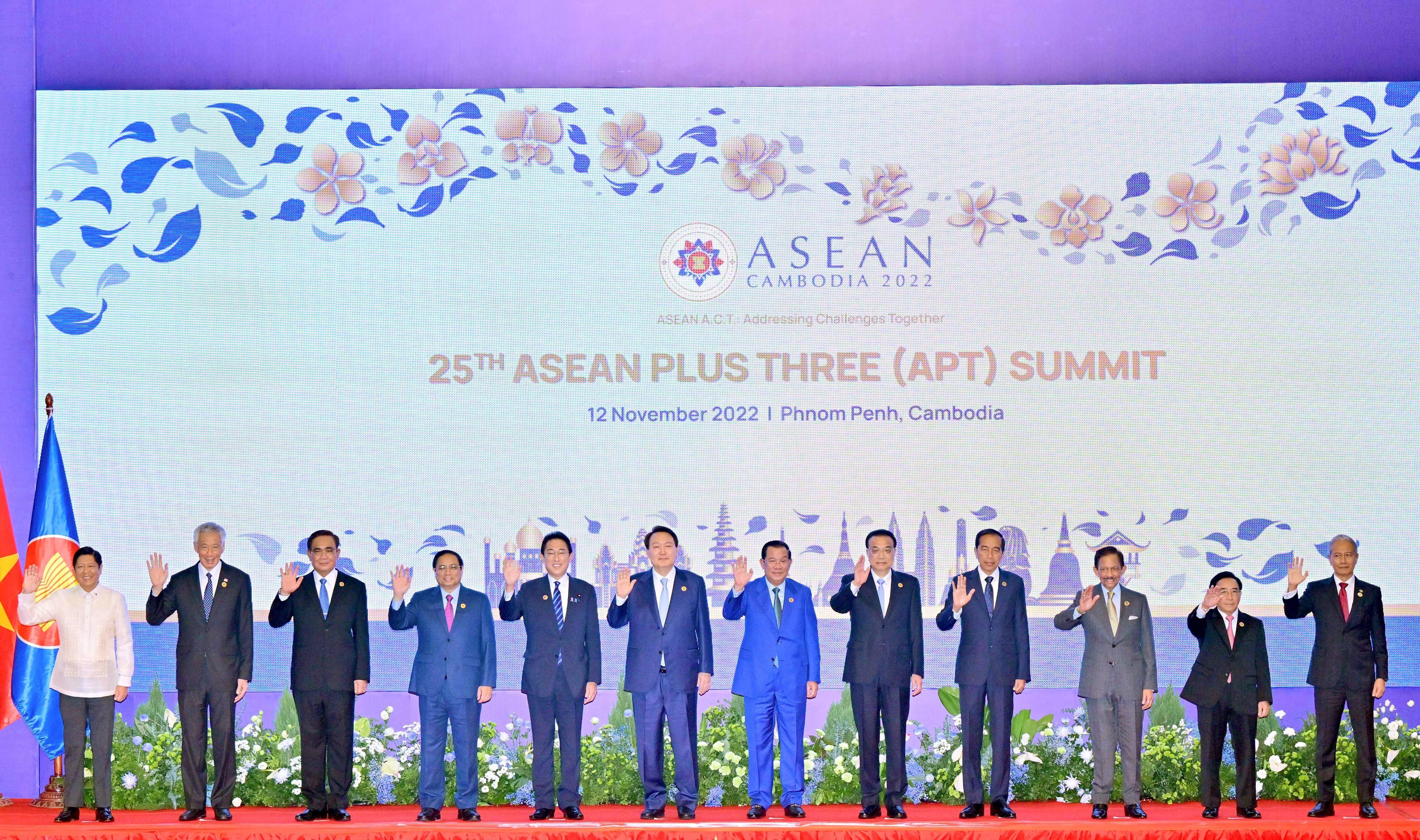
In addition, in order to promote the COC process, since the end of June 2012, ASEAN has completed the “ASEAN Position Paper on the Elements of the COC”, and then submitted it to the 45th AMM Conference held in Phnom Penh (Cambodia). On July 9, 2012, ASEAN Foreign Ministers agreed on the basic elements of the COC. However, ASEAN did not issue any Joint Statement regarding the East Sea issue. After the 45th AMM Conference, with the shuttle diplomacy efforts of Indonesia, ASEAN issued a Statement on the 6-point principles on the East Sea, in which Point 3 mentioned the early achievement of the COC.
In the framework of preparations for the 24th ASEAN Summit in May 2014 in Na Pi Tho (Nay Pyi Taw), Myanmar, ASEAN expressed deep concern over the complicated developments in the East Sea, stating that the acts of encroachment on the continental shelf and exclusive economic zone, which are contradicted by international law, the 1982 United Nations Convention on the Law of the Sea (UNCLOS 1982) and the DOC, have increased tensions and undermined peace, stability, security and maritime safety in the region. region. At the same time, ASEAN emphasized that it is necessary to promptly express a common stance to ensure a peaceful and stable environment in the region and prevent further disturbances. Accomplished, ASEAN leaders agreed to adopt a separate Statement of Foreign Ministers on the situation in the East Sea.
In addition, ASEAN continues to use various bilateral and multilateral dialogue and cooperation channels to promote the parties' strict compliance with the DOC and move towards a COC. First of all, ASEAN takes advantage of the ARF to promote preventive measures, including the East Sea issue. In the Joint Statements of the 17th and 18th ARF (2010 and 2011), member countries emphasized the need to fully implement the DOC, UNCLOS 1982 and move towards building and adopting a COC. At the same time, in other forums such as EAS, ADMM+, etc., ASEAN countries have also brought up the East Sea issue for discussion and increasingly have received many voices supporting the stance of "internationalization", resolving disputes by peaceful means and freedom of navigation in this sea area.
It can be seen that in recent years, the East Sea issue has become an important content on ASEAN's agenda. formation, ASEAN affirms its commitment to maintaining and promoting peace, security, stability in the region, as well as the peaceful settlement of disputes, including full respect for legal and diplomatic processes, without the threat or use of force, in accordance with widely recognized principles of international law.
At the same time, ASEAN also promotes dialogue with China to promote peace, stability and restraint from actions that increase tensions in the East Sea, and to implement the commitments signed by both sides. In 2017, the two sides announced the COC Negotiating Framework, followed by the Single Negotiating Text of more than 19 pages in 2018, and the first draft of 20 pages in 2019. However, all of these achievements are not enough to resolve the disagreements between the two sides.
In addition, ASEAN has continuously promoted its central role in resolving the East Sea issue. Recognizing that the East Sea is one of the main challenges for the ASEAN Community by 2025, ASEAN has been taking steps and having clearer views on its plans and projections on this issue, forecasting the impacts on ASEAN and its member states as well as emphasizing ASEAN's central role in handling the issue (9) .
Although ASEAN and its member states have made efforts to reduce the escalating tensions in the South China Sea, there appears to be no breakthrough in this regard. At the same time, ASEAN continues to face a number of structural challenges in its engagement in resolving the South China Sea issue:
Firstly , the differences in approaches or attitudes towards the East Sea issue of countries holding the rotating ASEAN chair lead to the participation in resolving the East Sea issue depending on the ASEAN chair country of each year. Therefore, the efforts in resolving the East Sea issue of the rotating ASEAN chair country may not be continued in the next chair year.
Second , division or dissent on views and approaches to the East Sea issue within ASEAN can lead to deadlock, which is a significant obstacle when ASEAN operates on consensus. Therefore, the possibility of ASEAN reaching a truly meaningful and lasting consensus on the East Sea issue remains a challenge for the Association. ASEAN member countries have so far failed to demonstrate a high spirit for the common interests of ASEAN. Not to mention, some ASEAN countries also have economic and strategic interests that depend on China. In fact, ASEAN has organized official multilateral security forums, but the lack of unity within the bloc has affected the resolution of disputes in the East Sea. This is considered a problem of ASEAN's centrality and unity, especially when ASEAN's central role is based on a strategic position to manage potential conflicts and strengthen security order in the East Sea. Therefore, the lack of unity within ASEAN not only brings the risk of deadlock on how to engage with the South China Sea issue, but also the possibility of unilateral actions by the rotating ASEAN chair country, affecting the current overall approach of ASEAN. This could push ASEAN away from the process of engaging with the South China Sea issue in the future, making the Association's efforts no longer relevant.
In short , although not a mechanism to resolve conflicts in the East Sea, ASEAN has an important role in promoting the process of managing and preventing conflicts in the East Sea with the aim of reducing tensions and building trust. ASEAN's participation in resolving the East Sea issue is both a responsibility and a strategic interest of the Association. In recent years, ASEAN has increasingly played a more active role in resolving disputes in the East Sea, especially ASEAN's promotion of the COC negotiation with China as well as promoting the East Sea issue in the agenda with partners. Active participation in resolving the East Sea issue also contributes to demonstrate the ability to manage conflicts in the region in general, increasing the “geo-political resources” and the central role of ASEAN in the regional structure./.
--------------------
(1) Pham Binh Minh: “Towards a united, strong and open ASEAN Community”, Nhan Dan electronic newspaper , https://nhandan.vn/tin-tuc-su-kien/huong-toi-cong-dong-asean-doan-ket-vung-manh-va-rong-mo-392771/, August 5, 2012
(2), (3) ASEAN Secretariat: “The ASEAN Charter”, https://asean.org/wp-content/uploads/images/archive/publications/ASEAN-Charter.pdf , January 2008
(4) ASEAN Secretariat: “ASEAN Political - Security Community Blueprint. Jakarta: ASEAN Secretariat”, http://www.asean.org/archive/5187-18.pdf , March 2016, p. 10
(5) Center for international law: “1992 ASEAN Declaration on the South China Sea”, https://cil.nus.edu.sg/wp-content/uploads/2019/02/1992-ASEAN-Declaration-on-the-South-China-Sea-1.pdf , July 22, 1992
(6) Rodolfo C. Severino: “ASEAN and the South China Sea”, https://www.jstor.org/stable/26459936 , 2010
(7) Aseanregionalforum.asean.org: “Chairman's Statement: The Second ASEAN Regional Forum Ministerial Meeting”, Brunei; “The Second ASEAN Regional Forum”, Brunei, https://aseanregionalforum.asean.org/wp-content/uploads/2019/01/Second-ARF-Bandar-Seri-Begawan-1-August-1995.pdf , August 1, 1995.
(8) Association of Southeast Asian Nations: “Joint Communique of the 41st ASEAN Ministerial Meeting”, “One ASEAN at the heart of dynamic Asia”, Singapore, http://www.asean.org/communities/asean-political-security-community/item/joint-communique-of-the-41st-asean-ministerial-meeting-one-asean-at-the-heart-of-dynamic-asia-singapore-21-july-2008-2 , July 21, 2008.
(9) “ASEAN plays an important role in resolving disputes in the East Sea”, Voice of Vietnam website, https://vovworld.vn/vi-VN/binh-luan/asean-dong-role-tro-quan-trong-trong-giai-quyet-cac-disputes-chap-o-bien-dong-925520.vov, November 25, 2020
Source: https://tapchicongsan.org.vn/web/guest/nghien-cu/-/2018/826940/asean-voi-giai-quyet-tranh-chap-tren-bien-dong.aspx




![[Photo] Prime Minister speaks at the High-level Discussion Session of the Expanded BRICS Summit](https://vphoto.vietnam.vn/thumb/1200x675/vietnam/resource/IMAGE/2025/7/7/70b6e323f350404fa23f60527a4a8794)



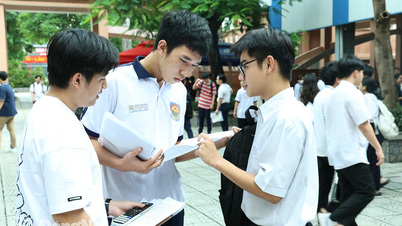

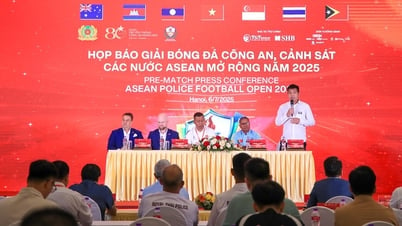





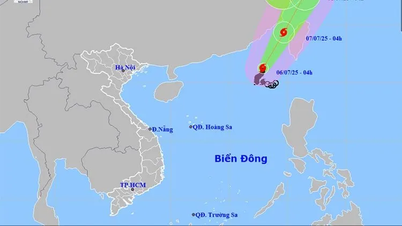

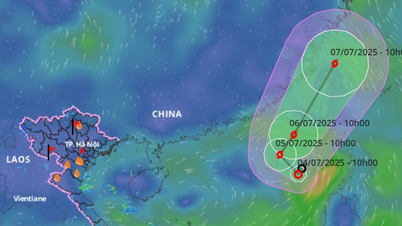


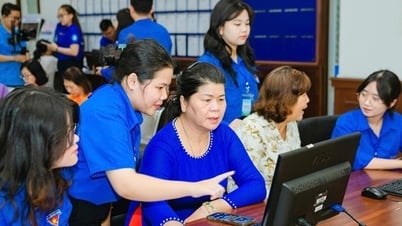



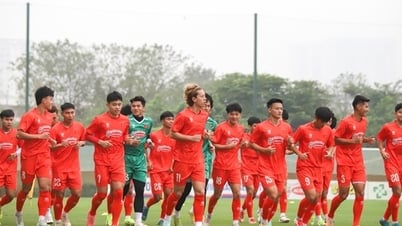

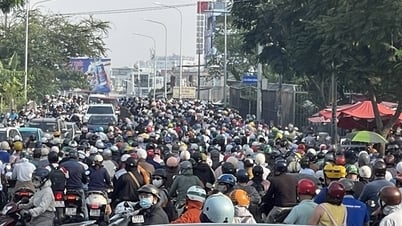





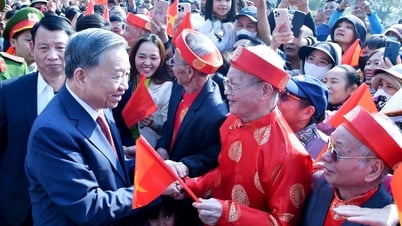
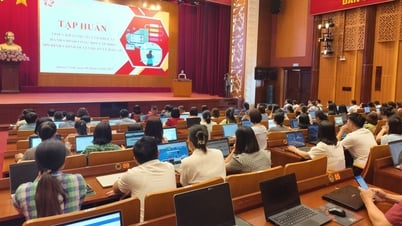
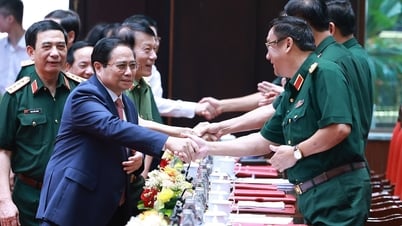

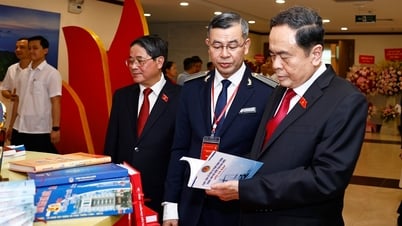
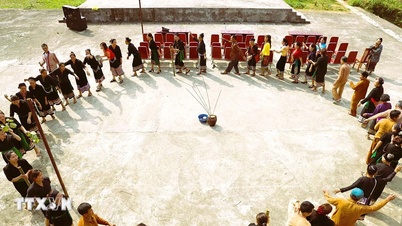






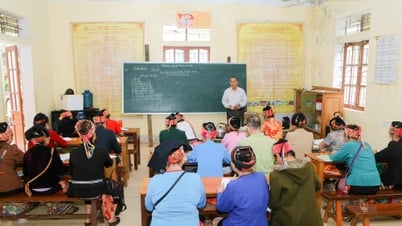














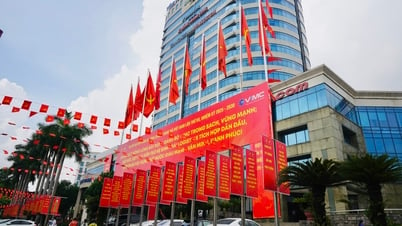


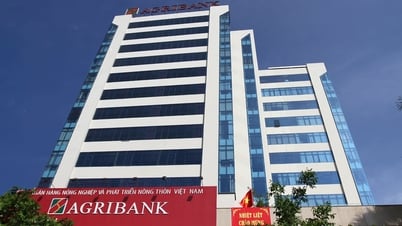


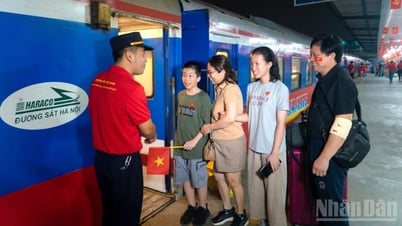


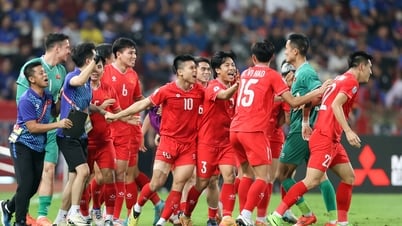






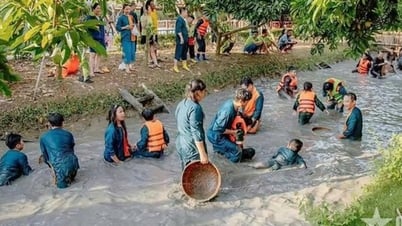
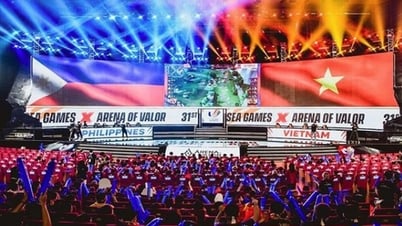

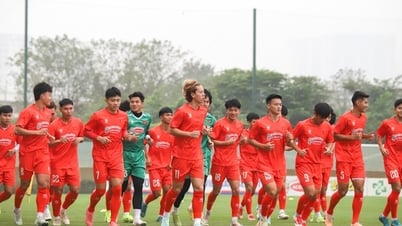





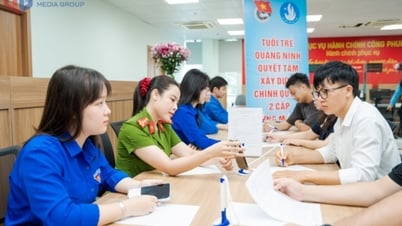

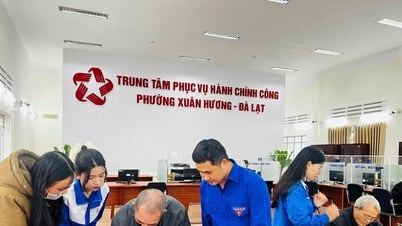
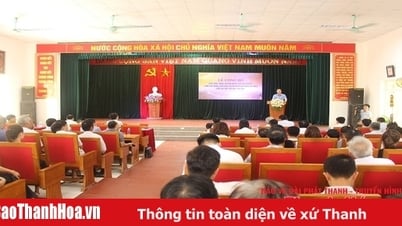
















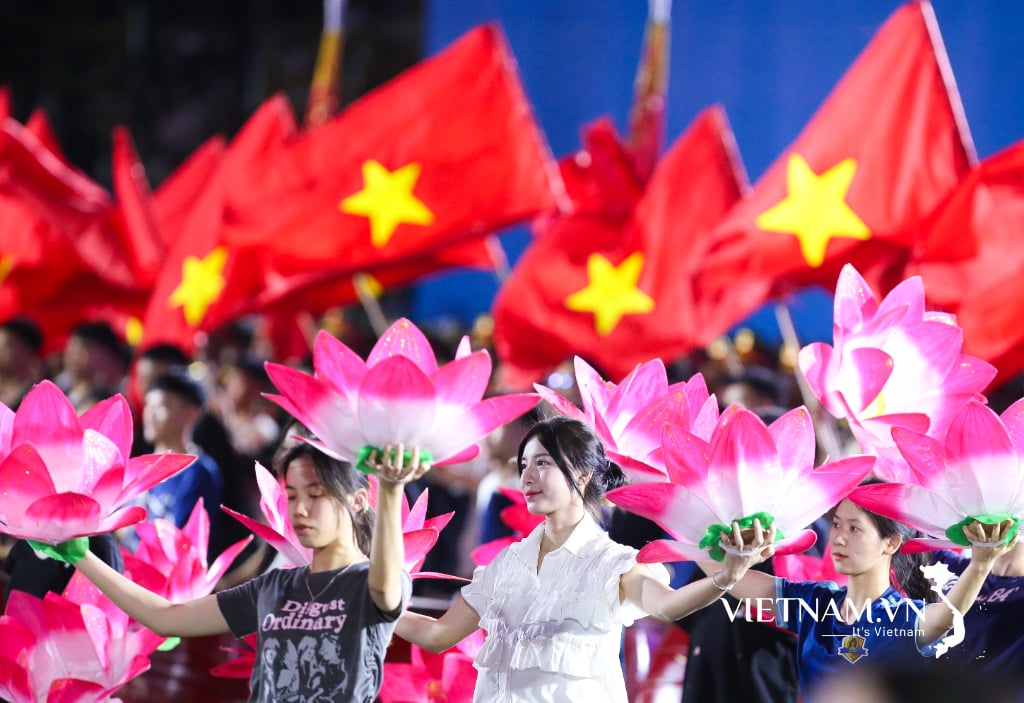

Comment (0)